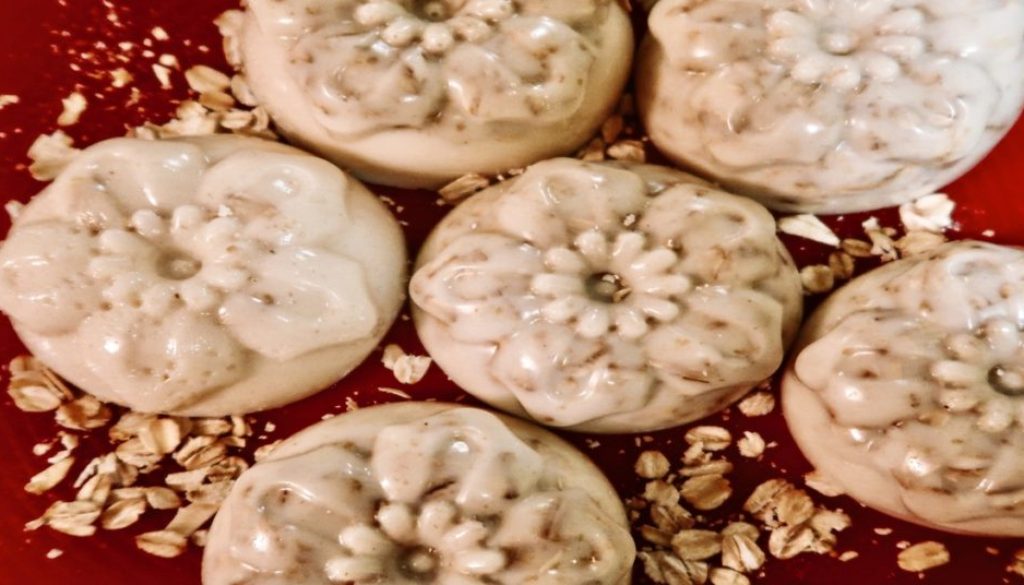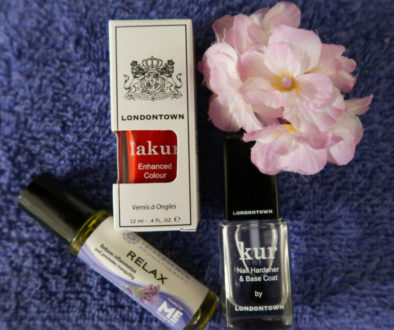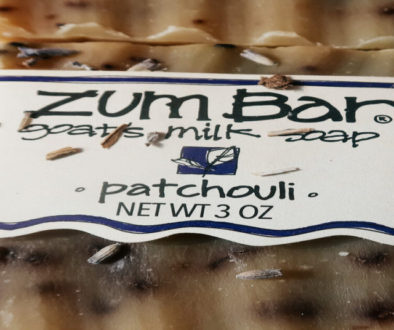Easy Homemade Recipe: Oat & Honey Goat Milk Soap
I am a huge fan of goat milk soap due to its naturally nourishing and antibacterial properties. It leaves my skin super soft and radiant. Even better, it is gentle on sensitive skin and does not irritate my skin. I love this as my skin tends to get dry, especially in the winter. If you would like to read more about the benefits of goat milk soap, check out my other post here. Since I use it daily, I have decided to start making my own goat milk soap at home. This recipe contains no harsh ingredients or scents. For frequent users, this method is budget-friendly since it allows you to make a batch that will last a while. The best part is how simple and quick the recipe is!
Traditional soap can be intimidating for beginners as it requires lye. Lye is caustic and can release fumes. If you would like to make soap using lye at home, it is important to take all the recommended safety precautions. For more information, you can review Soap Queen’s lye safety guide. Personally, I prefer to use organic goat milk soap melt and pour base from Amazon. This eliminates the need to use lye for soapmaking. Plus, it is super fun and easy to customize the recipe by incorporating different ingredients into the soap base. Homemade soap makes for a great gift as well!
You can find the recipe for honey and oat goat milk soap below. As a precaution, please be mindful of potential allergies. Remember to omit the honey if you are allergic and/or vegan. It’s perfectly fine to leave the honey out of the recipe. For those who wish to avoid using commercially produced honey, it is possible to find organic honey that was sourced in a more ethical manner. However, you will likely need to look into purchasing it from local vendors and/or farms. For more information on ethical honey and to see a list of potential questions you can ask of the beekeeper, click here.
DIY Melt and Pour Goat Milk Soap Recipe
DIY Honey and Oat Goat Milk Soap
Equipment
- Glass mixing bowl
- Rubber spatula
- 6-cup Silicone Soap Mold
Ingredients
- 1 lb Goat's Milk Melt & Pour Soap Base
- 2 tbsp honey raw, unfiltered
- 1 tbsp sweet almond oil
- 3/4 cups pure rolled oats whole or ground up in food processor
Instructions
- Cut soap base into cubes for faster melting.
- Add cubes into microwavable bowl.
- Microwave on high in 30 seconds increments (total time 1-2 minutes)
- Stir in between microwaving, stirring each time, until soap base is completely melted.
- Mix in oats, honey, and sweet almond oil. Mix well until the ingredients are all incorporated.
- Pour the mixture into the silicone soap mold.
- Set the mold aside. Let soap solidify for at least 1 hour or overnight.
- Remove soap from the soap mold by turning upside down and gently pushing down.
Skin Benefits of Additional Soap Ingredients
Honey is a natural humectant and contains antioxidants to help reduce inflammation. Due to its antibacterial abilities, it may reduce breakouts and acne. If you would like to read more about honey’s skin benefits, feel free to check out my other blog post here.
Oats (Avena sativa) contain natural cleansers called saponins. They work to gently remove dirt, oil, and bacteria from the pores. Oats also contain polyphenols called avenanthramides. These unique compounds, along with the vitamin E and ferulic acid in oats, have antioxidant and anti-inflammatory effects. Also, the high concentration of starches and beta-glucan in oats provide protective properties.1
Oat lipids contain triglycerides that are rich in omega-3 linoleic and omega-6 linoleic acid. These triglycerides play a role in maintaining skin barrier function. Colloidal oatmeal is made by finely grinding whole oat kernels. It is included in the U.S. FDA OTC Skin Protectant monograph. One clinical study showed that colloidal oatmeal skin protectant lotion significantly improved dry skin. Research suggests that this finding is likely due to a decrease in inflammatory mediators associated with skin inflammation. Therefore, when applied topically, colloidal oatmeal may help to relieve dry, sensitive, and/or itchy skin. 2
The grittiness and texture of oats make them useful for gentle exfoliation. For this reason, you may choose to use whole rolled oats. However, whole oats may feel too scratchy or abrasive for some people. If you prefer, it is fine to grind up the oats in a small food processor or coffee grinder. This will turn them into a fine flour that can be added to the soap base. If you choose to do this, the oats will not be visible and the finished soap will have a smoother consistency.
Sweet almond oil is a skin moisturizer and an emollient. It naturally contains up to 30% of linoleic acid. Ceramides are sphingolipids that play a role in maintaining skin integrity. Linoleic acid is essential for making ceramide I. Also, the salts of lactic acid have been shown to have moisturizing and protective effects on the skin.
One study showed that an emollient lotion containing refined almond oil (20-30%) and lactic acid (5%) helped to relieve itching in people with xerotic eczema. This is a condition that causes the skin to become dry, cracked, and itchy. The study results showed that the lotion did improve skin moisture and the integrity of the skin barrier. However, it should be noted that the concentration of lactic acid found in goat milk is not as high as the one studied above. As such, although goat milk soap may be beneficial, it is not considered a treatment for eczema. If needed, please see your physician, dermatologist, and/or healthcare provider for medical care.
Frequently Asked Questions:
Do Melt and Pour Soaps Need to Cure?
No! Unlike cold process soaps, melt and pour soaps are ready to use as soon as they have completely cooled and solidified.
How should you package and store homemade soap?
It is best to wrap the soap tightly in plastic wrap soon after making it. You can also put them in a plastic zipper bag or airtight container. Be sure to store your soap in a cool and dry place.
Why are there little beads on my soap? How can I prevent this from happening?
Glycerin is commonly found in many soap bases, including goat milk soap bases. As a humectant, glycerin is able to draw moisture from the air. Due to the glycerin, you may notice small beads of “dew” or “sweat” on the surface of the soap. The best way to prevent this is to wrap the soap up and store it as described above.
How can I get rid of air bubbles in the soap?
A simple way to do this is to fill a small spray bottle with 91% isopropyl alcohol. Then, just spritz the surface of your freshly poured soap with the alcohol.
Can I use a different type of soap base?
Yes, you can! Although goat milk is my favorite go-to, there are many different kinds of soap bases available. These include shea butter soap base, coconut milk soap base, glycerin soap base, and others. You may substitute and use a different soap base if you wish.
References
- Fowler JF Jr. Colloidal oatmeal formulations and the treatment of atopic dermatitis. J Drugs Dermatol. 2014;13(10):1180-1185.
- Reynertson KA, Garay M, Nebus J, et al. Anti-inflammatory activities of colloidal oatmeal (Avena sativa) contribute to the effectiveness of oats in treatment of itch associated with dry, irritated skin. J Drugs Dermatol. 2015;14(1):43-48.
- Simon, D, Nobbe, S, Nägeli, M, et al. Short- and long-term effects of two emollients on itching and skin restoration in xerotic eczema. Dermatologic Therapy. 2018; 31:e12692. https://doi.org/10.1111/dth.12692




